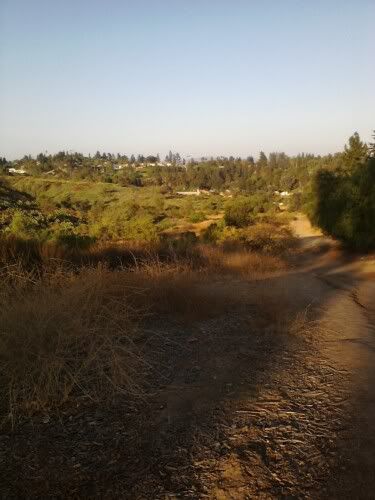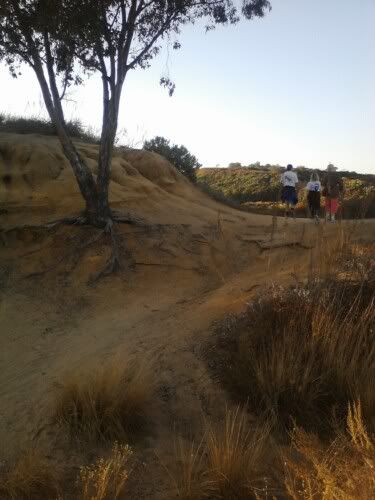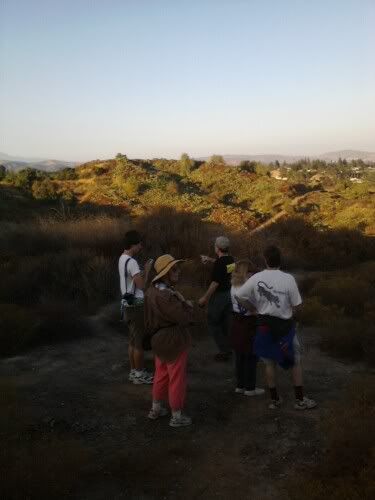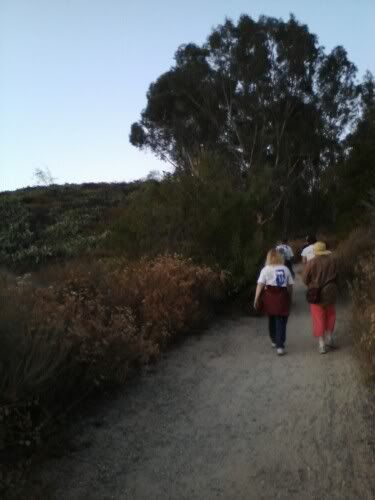The story of the founding of most American cities is a complex mixture of business interests, ingenuity, and tragedy. So it was with the founding of Fullerton.
As I walk along Harbor (which used to be called Spadra Road, and before that El Camino Real, and before that there was no road), over concrete sidewalks and asphalt streets, I can't help but try to envision this land before it was "developed": acres of mustard plants, coastal sage scrub, rolling hills, coyotes, quail, other plants and animals. And Native Americans. In this case, the Shoshoneans.
Any American history, local or otherwise, must, in good conscience, acknowledge that Euro-Americans were relative latecomers to this place. One tends to forget this fact, as the land has been molded and developed to reflect Euro-American interests. In the case of American history, "might" has usually made "right."
My telling of the story of my hometown of Fullerton, California is as much a labor of sorrow as it is a labor of love.
George and Edward Amerige, two wealthy commodities merchants from Boston, are generally credited as the "founders" of Fullerton, but they were not the first ones here. They were simply the ones with the wealth and audacity to divide the land into small tracts for development and sale, which they did quite successfully.
Before the Ameriges, the land which came to be known as Fullerton was "owned" by ranchers. Before that, it was "owned" by Mexico. Before that, Spain. Before that, the land had no owner. It was inhabited, occasionally, by the Shoshoneans, for whom the notion of land ownership was deeply offensive.
Too often, history books celebrate the founders of a place simply because they founded it, without pondering why. But let us ponder this question: Why did George and Edward Amerige "found" Fullerton? It was to make money, plain and simple. They saw an opportunity to cash in on real estate in Southern California, and they did. To me, this is not cause for celebration, merely quiet acknowledgement.
The man for whom Fullerton was named, George Fullerton, is equally unimpressive. He was president of the real estate arm of the Santa Fe Railroad Company. All he did was take a bribe from the Ameriges (a one third interest in their real estate ventures), so the train would pass through Fullerton and make them all richer.
When viewed in this light, Fullerton's founders are no more impressive than America's founders like Washington and Jefferson. These men were smart, but they were also super wealthy, slave-owning aristocrats who wanted to get richer.
In the case of the Ameriges, we must pause again to consider the cost of land commodification and development: destruction of natural habitats, relocation of Native Americans, and later, subjugation of immigrants and pollution. I cannot, in good conscience, praise these men for being "forward-thinking" or any such nonsense. They were simply astute business men who cashed in.
Having said that, I also acknowledge that these men were human beings with loves, interests, families. They were not simply profit-minded. Evidently, George and Edward were fond of fishing and quail hunting. However, let us consider the first buildings they built here: Their real estate office, and a mammoth hotel called the St. George Hotel, named after George.
Anyhow, that is how the present-day city of Fullerton was founded: two wealthy merchants from Boston making lots of money from real estate, and bribing the railroad company man, George Fullerton.
The photos below show what Fullerton looked like before the Ameriges arrived. These photos were taken on a nature walk I took through Coyote Hills, the last large natural open space we have. The real estate arm of the Chevron Oil Company is trying really hard to "develop" it. We cannot change the past, but perhaps we can do things differently now. Let us pause and reflect upon what it says about us if we pave this land.






